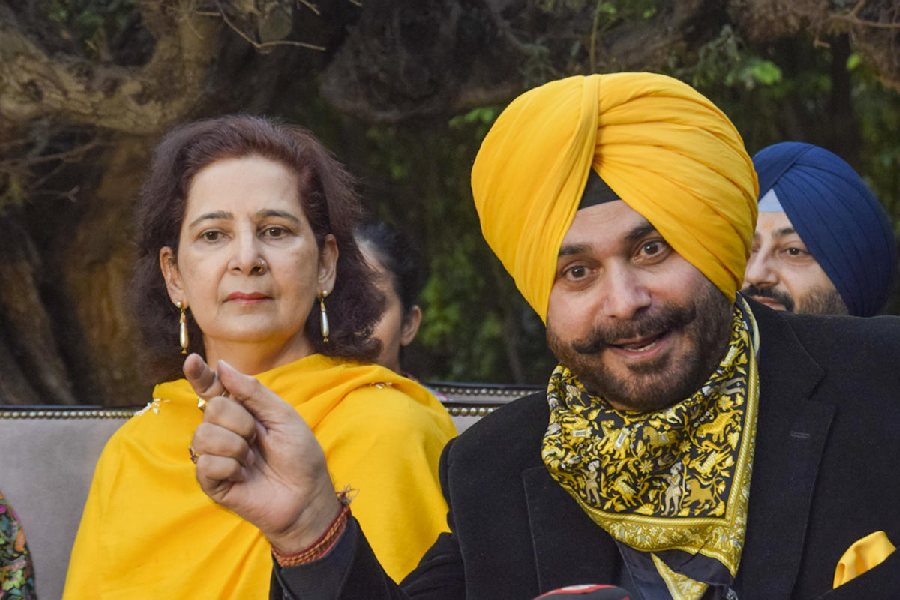The Shortest History of Democracy by John Keane, Picador, ₹599
John Keane’s recent book is a short “hopeful history” of democracy for these “weirdly unhinged times”: it can be considered a safe page-turner, especially if you are planning to read it on your daily commute.
His earlier book, To Kill a Democracy: India’s Passage to Despotism (co-authored with Debasish Roy Chowdhury), faced hate and trial by WhatsApp in India after its publication in 2021. A year before, The New Despotism trod dangerous grounds as it analysed the rise of “new despots” like Vladimir Putin, Recep Tayyip Erdogan, and a few others who, according to Keane, “practise their own forms of ‘democracy’ grounded in the authority of ‘the people’.” Both these books could have landed you in trouble if your fellow-passengers had chosen to tweet their outrage after reading ‘despotism’ on the covers. Thank the ancient Greek goddess, Demokratía, that they were simply bored, or busy scrolling down the feeds. But the word, ‘democracy’, feels safer: its meaning belongs to you alone.
Ignore the occasional Platonic smirk. Relax, and if you’ve been lucky enough to find yourself a seat, delight in Keane’s observation that democracy is “something that continues to have a radical bite.” But remember not to read it aloud.
This book is also safer in the sense that it skips particularities and offers, mostly in snippets, a historical overview of democratic institutions, from the times of the first recorded popular assemblies of ancient Mesopotamia in the early second millennium BCE (some 2,000 years before the Athenian experiments with citizen’s rule) to the era marked by the “great pestilence” of 2020, when the Democratic Report 2020 of Sweden’s V-Dem Institute identified a global decline in support for democracy in general. Again, relax: this book does not name ‘He Who Must Not Be Named’, and the follow-up 2021 report of the V-Dem Institute identifying India as an “electoral autocracy” appears only as a passing reference. Return to the sentence that you were silently reading: “The democratic ideal is government of the humble, by the humble, for the humble.”
The book follows the structure of another of Keane’s books, The Life and Death of Democracy (2009), in outlining a “world history of democracy” under three heads. Unlike political anthropologists like David Graeber who insist that the democratic urge is inextricably linked to the species history of humans living collectively as foragers and hunter-gatherers, Keane’s historical divisions are decidedly technological. Reminiscent of the connections between “empire” and “communications” in the later writings of Harold Innis, communication technologies infuse the histories of these democratic formations in Keane’s account with a sense of materially-grounded reality.
The first to appear was the “assembly democracy” — traceable to Babylonia and Assyria, followed by those of the Mycenaeans, Syracusans and Athenians gathering around the pre-Roman Mediterranean — which took shape in an age of orality, “backed up by laws written in papyrus and stone, and by messages dispatched by foot, donkey or horse.” The pre-Mauryan, gana-ruled republican city-states of the Indian subcontinent find a cursory mention in Keane’s explorations, as in the earlier book — notwithstanding the deceptive marketing of the Indian “roots” of democracy on the covers of this edition. Keane devotes greater attention to the actual workings of Athenian democracy: he does some myth-busting by tracing the “made in Athens” history of Western liberal democracies to an origin-story developed in the nineteenth century by George Grote, an English banker and politician and co-founder of University College London. At the same time, he doesn’t let go of the chance of having a dig at the modern proponents of ‘direct democracy’ while discussing the ancient Greeks. Discernibly, the Indignant Citizens Movement in contemporary Greece, the Zapatista experiments in Mexico, or the ‘Democracy Project’ of the Wall Street occupiers suffer damnatio memoriae in this history, as do Tolstoy and Gandhi. Curiously, there’s no mention of the Roman republic.
The second democratic formation is the “electoral democracy”, which “sprang up in the era of print culture — the book, pamphlet and newspaper, and telegraphed and railway-delivered messages — and fell into crisis during the advent of early mass broadcasting media, especially radio, cinema and (in its infancy) television.” Its crises deepened with the rise of demagogues in the liberal democracies of Europe in the 1920s and the 1930s. Although philosophers like Adorno scoffed at these “glorified barkers,” the demagogues ensured popular support for the emergent totalitarian States — “the embodiment of the Sovereign People in the Leader.”
The third democratic formation is what Keane calls “monitory democracy” — it evolves in “multimedia-saturated societies — whose structures of power are continuously tracked and resisted by citizens and representatives acting within digital media ecosystems.” He places his bets on this third.
Caveat lector — re-check that you’re not inviting attention while you are reading this book. And that includes your phone.











